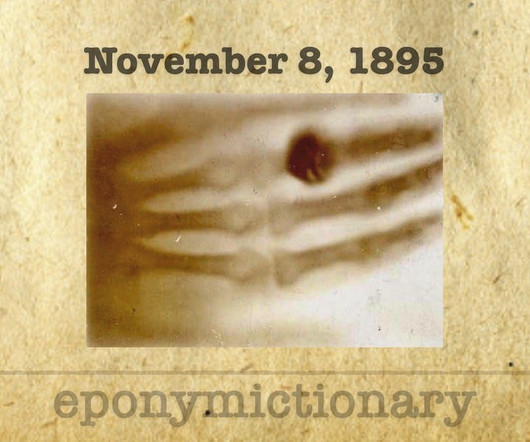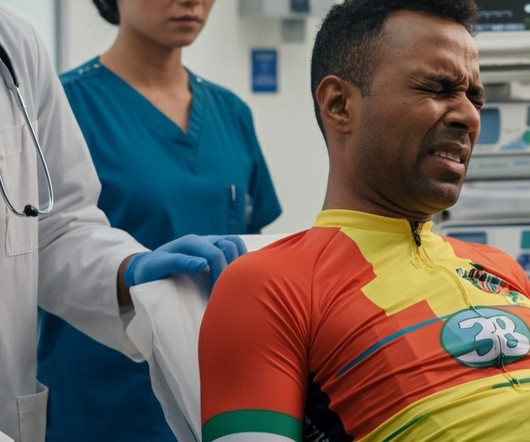Everything You Wanted To Know About: Cranial Bone Flaps
The Trauma Pro
NOVEMBER 8, 2024
Patients with severe TBI frequently undergo surgical procedures to remove clot or decompress the brain. Most of the time, they undergo a craniotomy, in which a bone flap is raised temporarily and then replaced at the end of the procedure. But in decompressive surgery, the bone flap cannot be replaced because doing so may increase intracranial pressure.












































Let's personalize your content